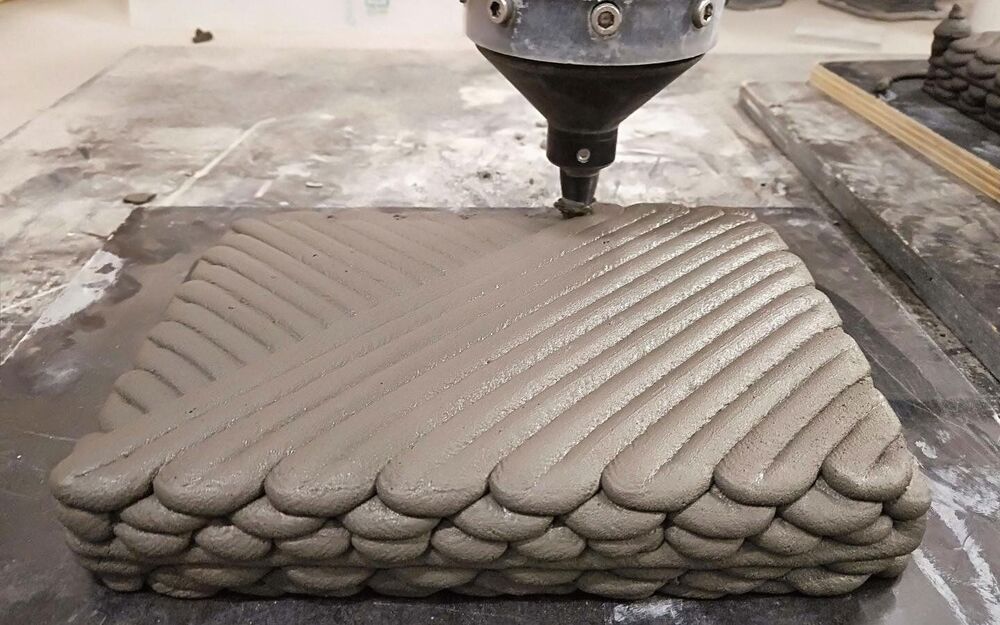Jan 21, 2021
Where do our minds wander? Brain waves can point the way
Posted by Genevieve Klien in category: neuroscience
Scientists pinpoint brain wave patterns that signal when our minds are wandering. (iStockphoto)
Anyone who has tried and failed to meditate knows that our minds are rarely still. But where do they roam? New research led by UC Berkeley has come up with a way to track the flow of our internal thought processes and signal whether our minds are focused, fixated or wandering.
Using an electroencephalogram (EEG) to measure brain activity while people performed mundane attention tasks, researchers identified brain signals that reveal when the mind is not focused on the task at hand or aimlessly wandering, especially after concentrating on an assignment.



















